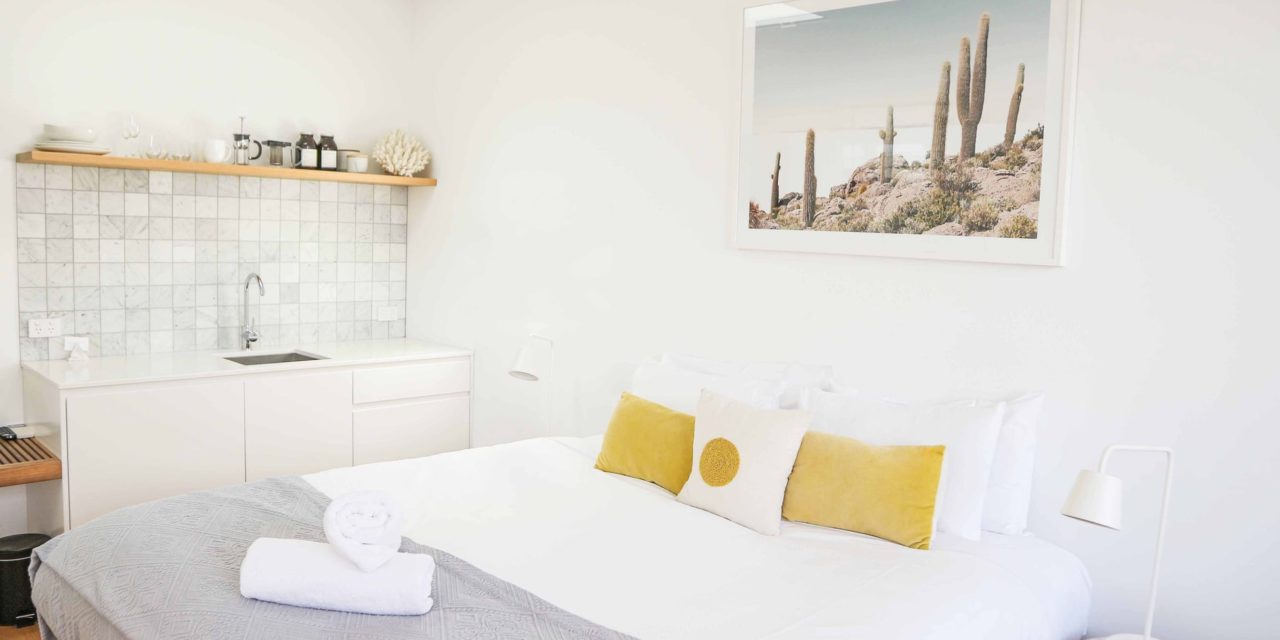[ad_1]
Sleeping well is essential to a healthy, happy life. A good mattress can mean the difference between poor sleep and restful, rejuvenating sleep. The first mattresses were simply tree branches, layered with larger branches on the bottom and smaller, leafier sticks closer to the sleeper. Although this sounds uncomfortable, the natural spring of green branches, covered with a layer of blankets or animal skins, can make for a relatively soft cushion. However, this type of bed only lasts as long as the branches are green, is messy, work intensive, and eventually uses up far too much natural resources than any one person generally has access to.
Feather beds were another popular option throughout most of ancient history. Although comfortable, they were prohibitively expensive for anyone not very rich, and probably cause allergic reactions among those who did use them. Poorer people from the feather bed era slept on mattresses filled with straw, which while much cheaper, probably caused the same sort of allergy-related issues as feathers.
In Asia, beds throughout history were generally much harder than Europe. The kang, was a popular option in China. A kang consists of a hollowed out stone or concrete platform, which was connected to a wood-burning stove and heated from within. Although literally as hard as a rock, this bed kept sleepers warm though cold Manchurian winters.
Modern beds feature a system of inner springs. Functioning much like ancient green branch beds, an inner spring mattress distributes the weight of the sleeper over a wide area, giving way where needed and giving support where needed. Problems with allergies are avoided, but the situation is not perfect.
Latex and memory foam mattresses are the newest innovations in sleep technology. While inner-spring mattresses function well enough when new, they have only a pre-set firmness, and can become uncomfortable when used long enough. A latex mattress is highly customizable, with a soft side and a firm side for couples with differences in support preferences. Unlike an inner-spring mattress which is a single, sealed unit, latex mattresses have a zipper on the side, through which changes can be made. If the sleeper decides a different firmness is required, or if something goes wrong with the mattress, the mattress can be opened up and panels can be taken out and replaced.
Probably the biggest selling point for latex mattresses is the comfort. All advantages of customization aside, many would argue that at the end of the day, a latex mattress is simply more comfortable than an inner-spring. Inner-spring mattresses tend to be either firm or soft, with more support coming at the price of less cushion. Avoiding bruised hips might mean waking up with lower back pain. With a latex mattress, the sleeper can have the best of both worlds – cushion and support.
A final advantage of a latex mattress over an inner-spring mattress is the environmental impact. While inner-spring mattresses use many manmade materials, latex mattresses are mostly natural. Latex itself is simply extracted from trees much like maple syrup is taken from maple trees. Also, since latex mattresses can be taken apart much more easily, they are more easily disposed of in an environmentally friendly way when their lives are over.
[ad_2]
Source by Robert C Wilson


